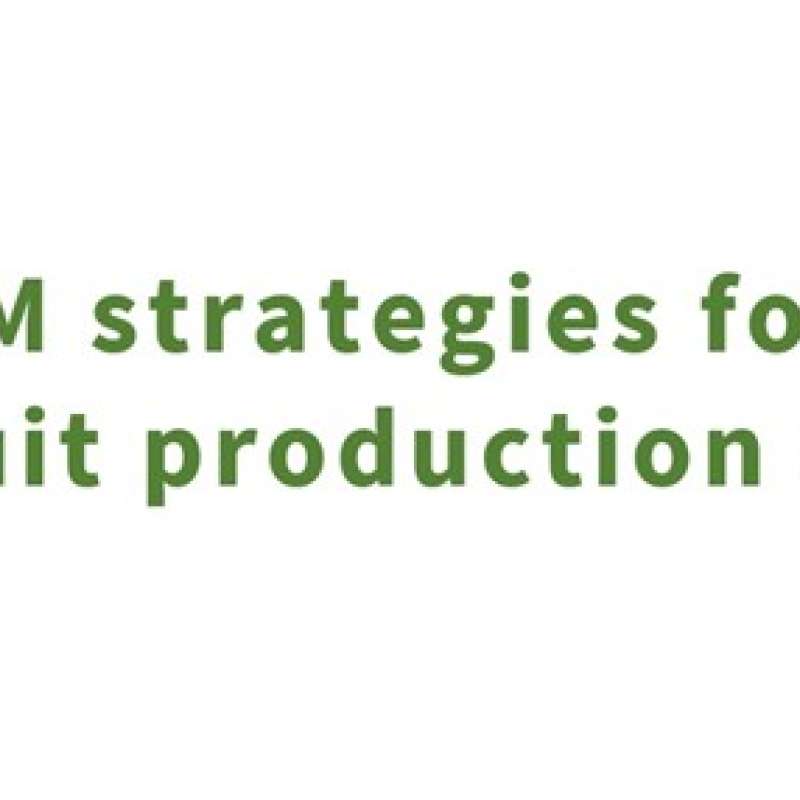Nina Trandem
Research Scientist
To document
Authors
Glenn P. Svensson Hanh Huynh Ann-Kristin Isaksson Line Beate Lersveen Myhre Christer Löfstedt Sigrid Mogan Elisabeth Öberg Marja Rantanen Nina Trandem Olle AnderbrantAbstract
No abstract has been registered
Authors
Nina Trandem Olle Anderbrant Glenn P. Svensson Christer Löfstedt Elisabeth Ôberg Ann-Kristin Isaksson Hanh Huynh Kimmo Rumpunen Line Beate Lersveen Sigrid Mogan Gunda Thöming Marja RantanenAbstract
No abstract has been registered
Abstract
No abstract has been registered

